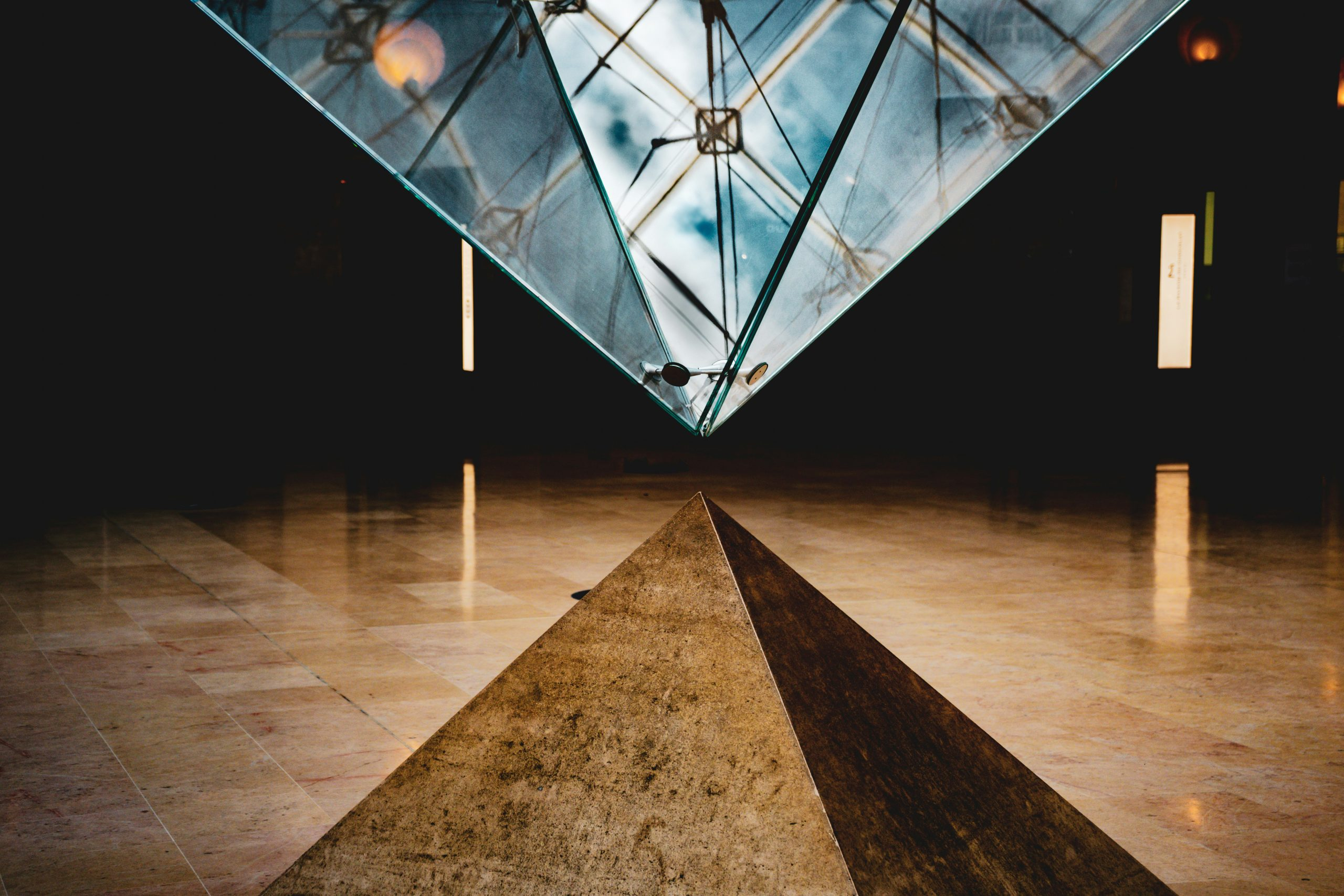Architectural Inspirations in Fashion Design
In the world of fashion, inspiration can come from almost anywhere. From nature to art, designers are constantly looking outside the realm of fashion for new and innovative ideas to incorporate into their collections. One source of inspiration that has been gaining traction in recent years is architecture. The merging of these two creative fields has resulted in a trend that has captivated both the fashion and design worlds: architectural inspirations in fashion design.
The Intersection of Architecture and Fashion
At first glance, fashion and architecture may seem like two distinct and unrelated disciplines. However, upon closer examination, it becomes apparent that the two share many similarities. Both involve the creation of structures that are meant to be functional, visually appealing, and evoke emotion. Both rely on a balance of form and function, with the ultimate goal of creating a harmonious design.
Furthermore, fashion and architecture have a long history of influencing each other. From the elegant gowns designed by Charles Frederick Worth, known as the “father of haute couture,” in the late 1800s to modern-day collaborations between fashion houses and iconic architects, the relationship between fashion and architecture has been a dynamic one.
The Evolution of Architectural Inspirations in Fashion
The Bauhaus Movement
In the early 20th century, the Bauhaus movement brought a new approach to design that emphasized the importance of function and form working together. The geometric shapes and clean lines of Bauhaus architecture served as inspiration for fashion designers, resulting in minimalistic and structured garments. Designers like Coco Chanel and Yves Saint Laurent incorporated these elements into their collections, paving the way for the modernist aesthetic in fashion.
The Deconstructivist Movement
In the 1980s, the deconstructivist movement emerged, challenging traditional design principles and introducing asymmetry and chaos into architecture. This movement had a significant impact on fashion, with designers like Rei Kawakubo of Comme des Garçons and Martin Margiela incorporating elements of deconstruction into their collections. The use of raw edges, exaggerated silhouettes, and unconventional materials blurred the lines between fashion and architecture.
The Influence of Cultural Heritage
Architectural designs from different cultures often find their way into fashion collections. The intricate patterns and ornate details of Islamic architecture, for example, have inspired designers like Valentino and Christian Lacroix, resulting in collections full of vibrant colors and rich details.
The Impact of Architectural Inspirations in Fashion Design
The incorporation of architectural elements into fashion has resulted in visually stunning and unique collections. By merging the two disciplines, designers have been able to push the boundaries of what is considered traditional fashion, creating wearable art pieces that not only serve as garments but also as statements of creativity.
Architectural inspirations in fashion design have also brought a new level of sophistication and complexity to the world of fashion. From structured silhouettes to intricate details, each piece tells a story and invites the viewer to appreciate the intricacies of both fashion and architecture.
Moreover, this trend has also opened the door for collaborations between fashion houses and architects, resulting in a fusion of two distinct and creative minds. This collaboration can be seen in the collections of fashion powerhouses like Louis Vuitton, who has worked with architects like Frank Gehry and Zaha Hadid to create one-of-a-kind fashion shows and capsule collections.
In Conclusion
In a constantly evolving industry like fashion, the integration of architectural concepts has brought a new level of creativity and sophistication. Through the intersection of two distinct disciplines, designers have been able to push the boundaries of what is considered traditional fashion, resulting in collections full of innovation and artistry. As these two worlds continue to merge, we can only imagine the stunning creations that will emerge in the future.










